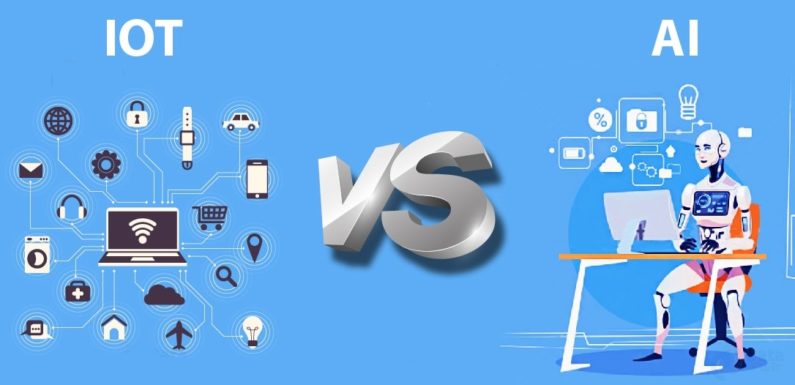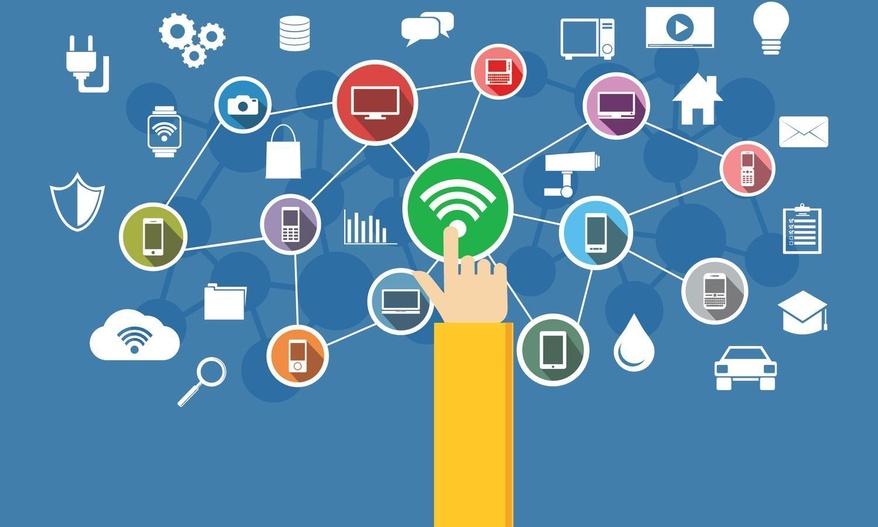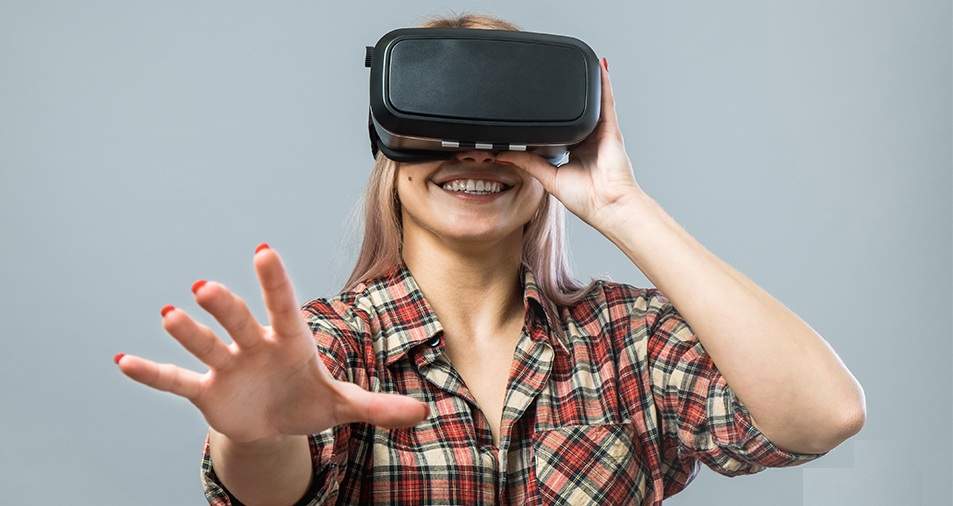
2018 has seen many technological advancements that the number of people who own a smart device is increasing every day. Two popular concepts are at the forefront of these changes: artificial intelligence (AI) and the internet of things (IoT). Since the two operate on the same realm of the tech industry, it’s easy for people to interchange the two or incorrectly define them.
So, what’s the difference? Let’s quickly find out
Artificial Intelligence

Artificial Intelligence is what allows computers and machines to mimic human behavior. It’s been present in people’s lives for a few years now, from simple things like Facebook’s facial recognition capabilities on your pictures to the more obvious examples like Apple’s Siri or Samsung’s Bixby. AI technology studies patterns in human behavior through deep learning and natural language processing.
Internet of Things

On the other hand, the Internet of Things is all about device connectivity. Nope, this doesn’t refer to person-to-person connectivity, but instead, it’s how smart objects are continuously talking to each other through data sharing. Some favorite examples are m2m solutions or wearables such as the Fitbit or VR goggles. The information they communicate with each other is used to improve user experience and ensure that all systems are functioning well.
Key Differences in Artificial Intelligence and the Internet of Things
- The focus of artificial intelligence is to get data from humans, while the internet of things focuses on storing data and communicating with devices.
- Majority of the consumption of AI is for consumers while tech innovators and companies currently utilize IoT.
- Data from AI is essential in the operations of IoT.
When unraveling the two concepts, it may seem like they don’t have anything in common. However, their team-up spells out a lot of possibilities in the tech industry, as well as improved quality of life for consumers.
How will AI and IoT Work Together?

It shouldn’t be surprising to see these two concepts work hand in hand. Wired claimed that IoT wouldn’t work without AI. Some AI products will work better with the infusion of IoT, and IoT will communicate more complex data from AI machines.
The food and health industries are good examples to illustrate this point. Smart refrigerators exist, but can you imagine what it would be like if they could order food for you or alert you when you’re low on stock of a particular food item?
Then, there are fitness wearables. These gadgets already do a lot of health tracking for you. To take it a notch higher, it could regularly communicate your vital signs to your doctor without the need for physical checkups, or even notify you to refill your prescription medication. Science Mag reported on a study that shows AI beats doctors at predicting heart attacks—this could change the medical industry significantly.
Final Thoughts
Artificial intelligence and the internet of things are just two of the many revolutionary tech concepts in use today. It’s clear that the world is barreling towards the normalized use of gadgets and smart tech that will make our lives easier. The developments are genuinely fascinating and inspiring, as some of the devices today were only dreamt of years ago. It begs the question, what new M2M solution will come out next?

